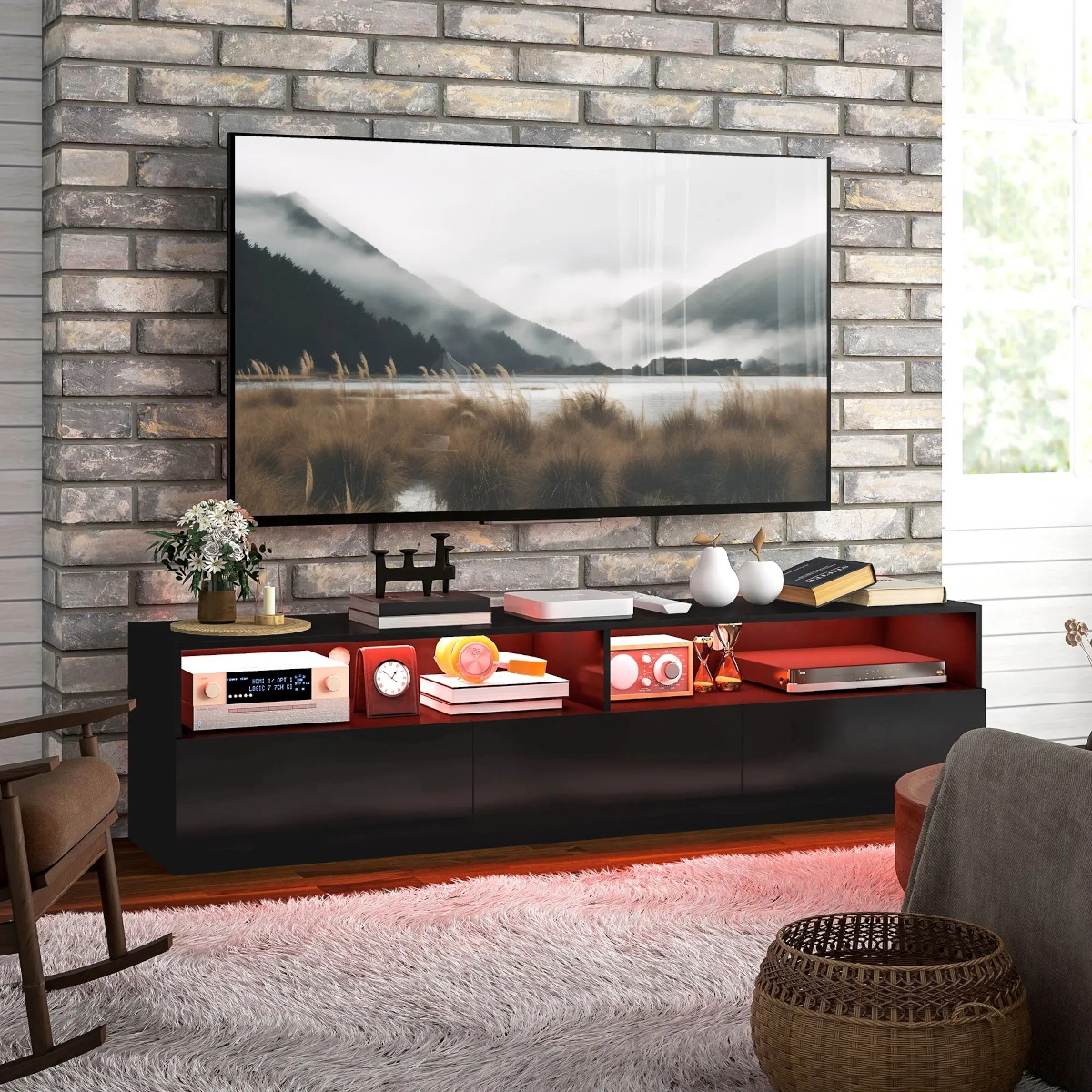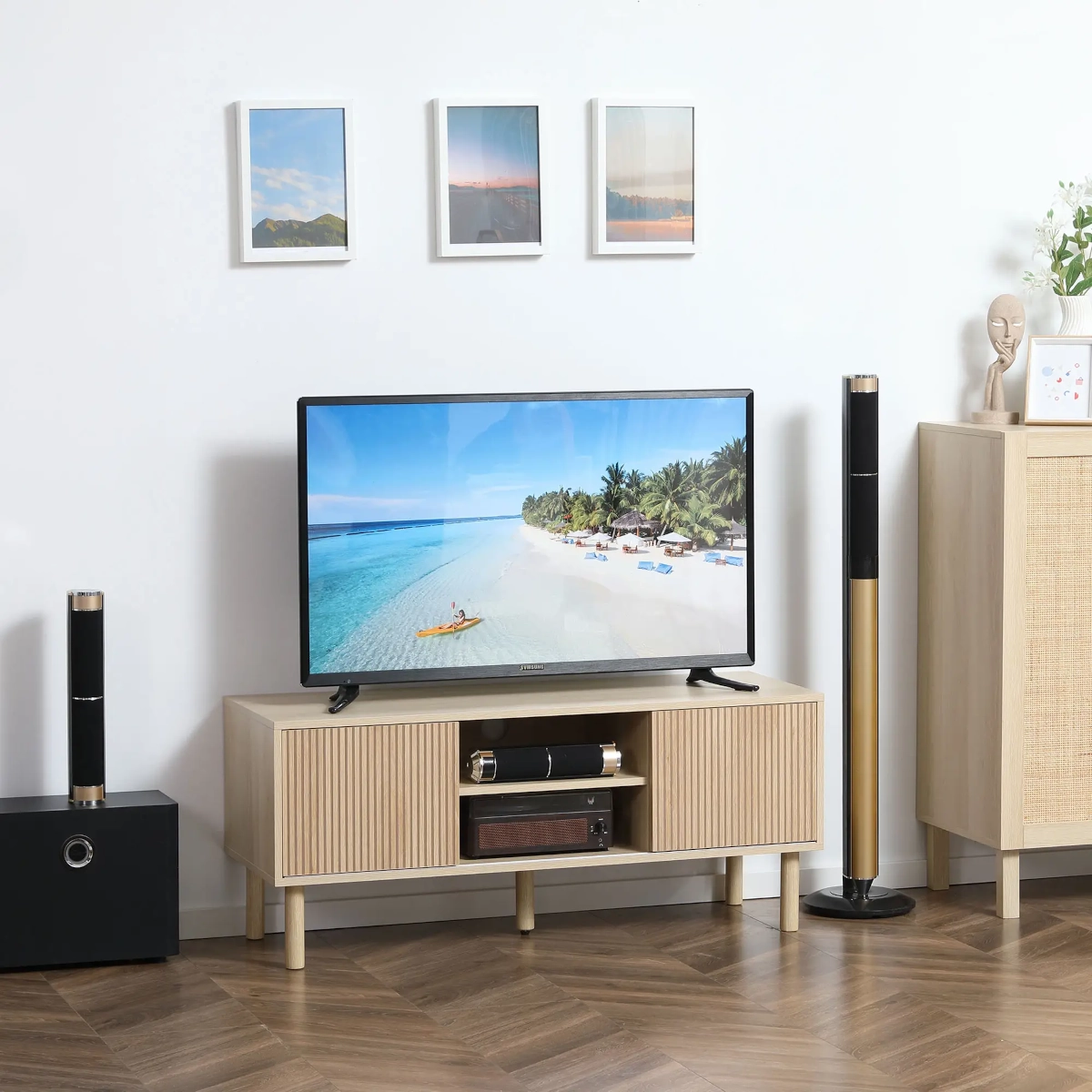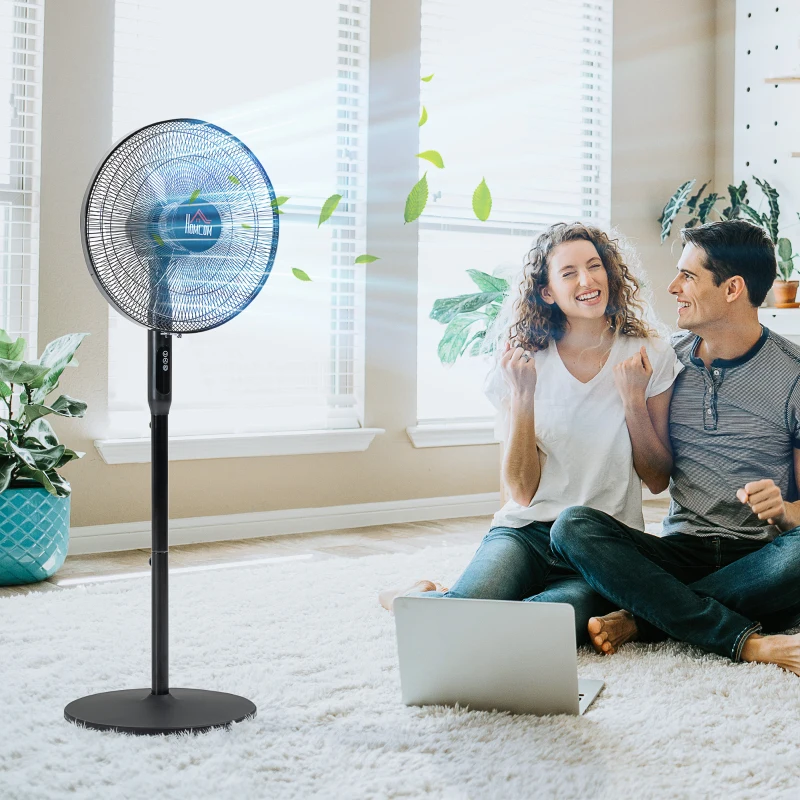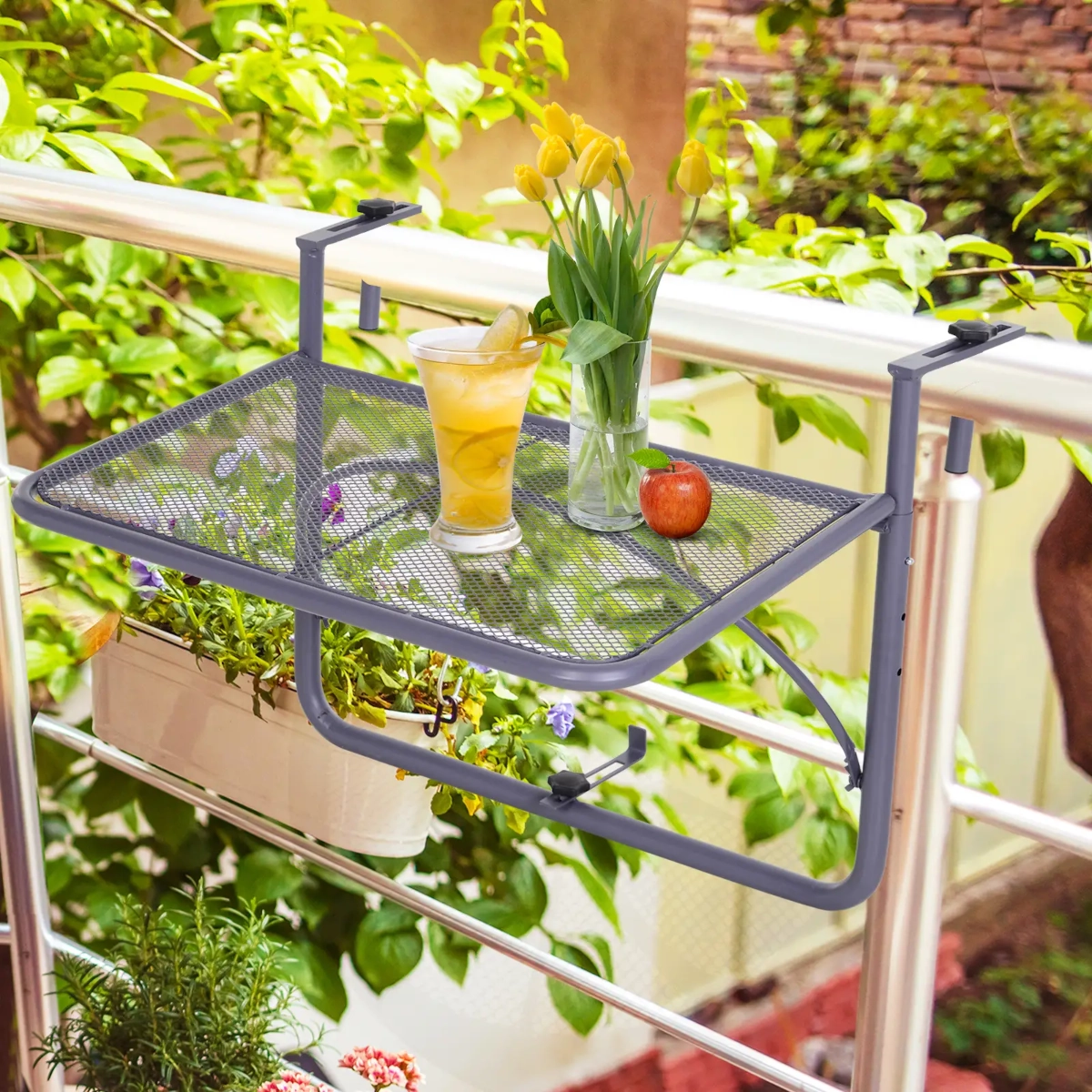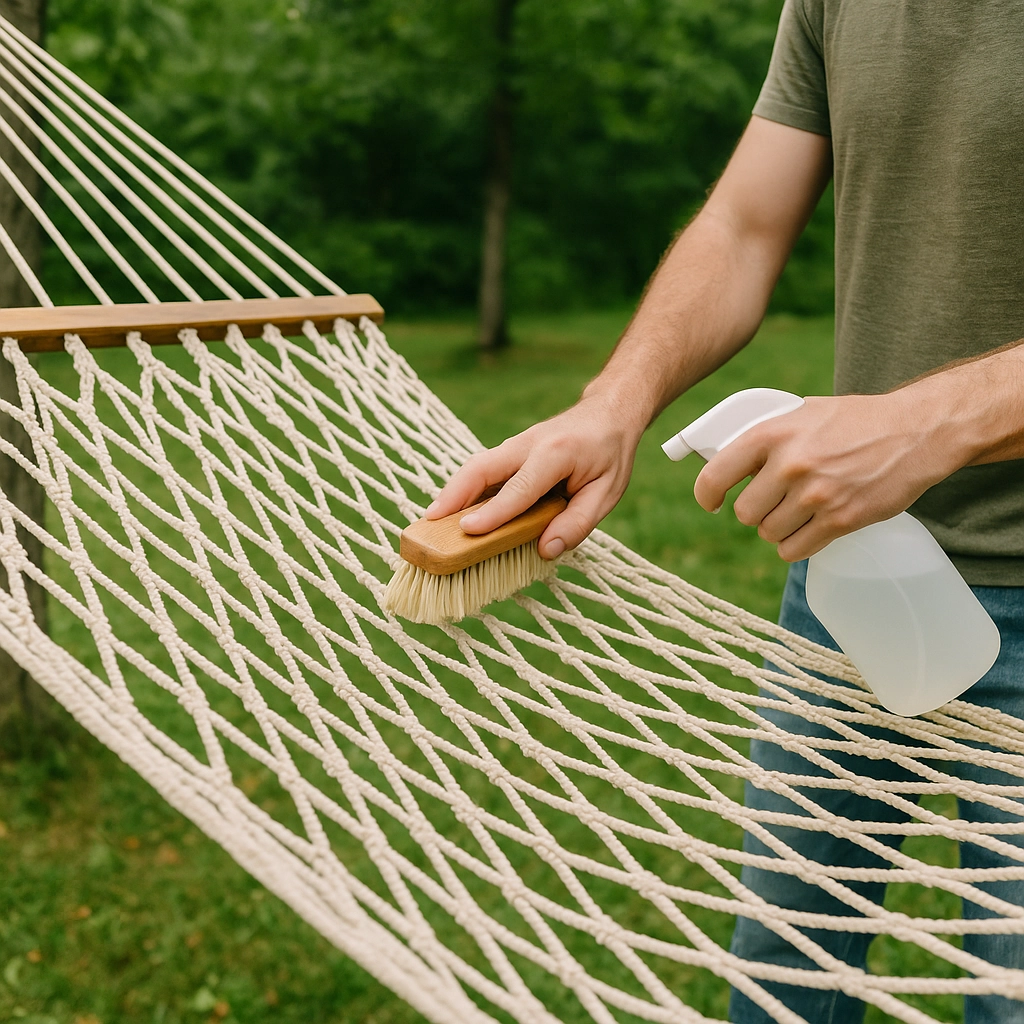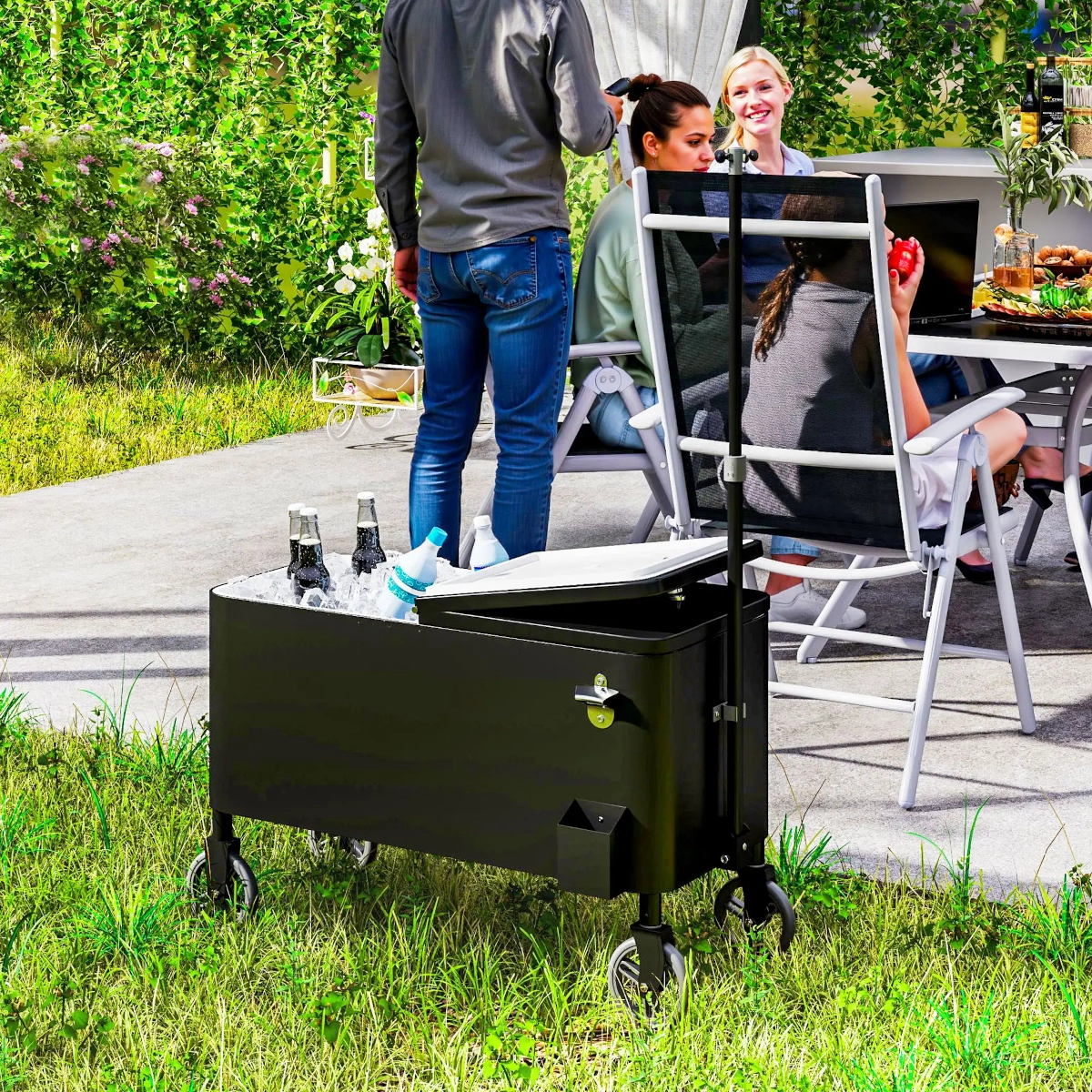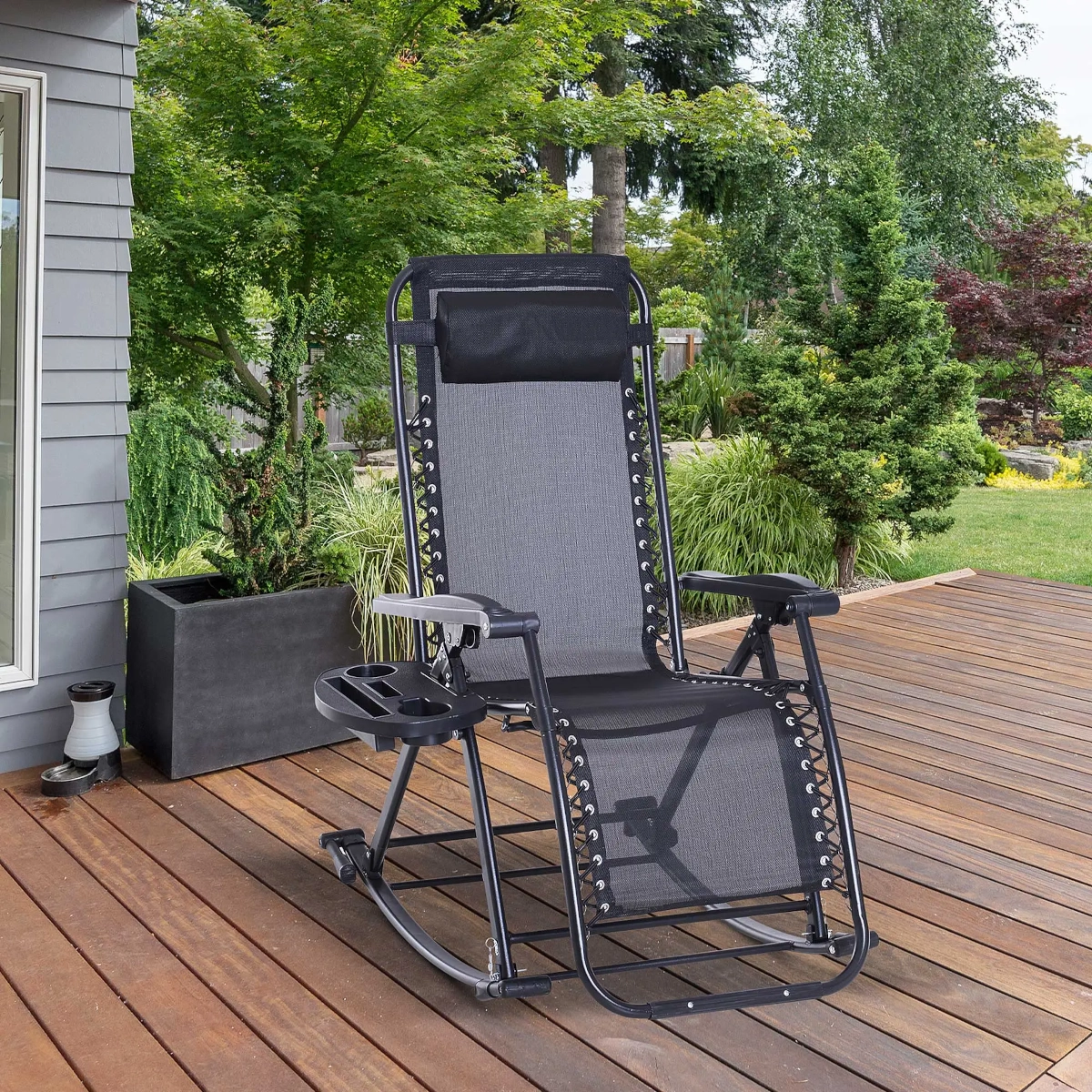
Fake plants are an ideal way to enhance your home’s aesthetic without the hassle of caring for real plants. Whether you want to add a splash of green to a room, liven up a dark corner, or simply bring some life to your space, faux plants offer a simple and stylish solution. They require no maintenance, making them a convenient option for busy individuals or those without a green thumb. In this article, we’ll explore practical and creative ideas for decorating with fake plants to help you create a vibrant, welcoming home.
1. Enhancing Realism with Natural Light
Place Faux Plants Near Natural Light

Although faux plants don’t need sunlight, placing them in areas with natural light can make them appear more realistic. Sunlight creates shadows and highlights that blend faux plants into their surroundings, making them look like part of the room.
Key Tip: Position faux plants on windowsills or near doors where sunlight can filter through. This trick helps integrate them into your space and makes them look less like decor and more like real plants.
2. Mixing Faux and Real Plants
Combine Real and Faux Greenery

Mixing faux plants with real plants is an excellent way to add variety and texture. It makes it harder to distinguish which plants are real and adds more depth to your decor. You can use faux plants to complement the gaps where real plants struggle to grow or thrive.
Practical Uses
- Place faux flowers or greenery in the same vase as real plants to balance out your arrangements.
- Make sure the faux stems match the natural curves and growth patterns of the real plants for a seamless look.
3. Taking Faux Plants Outdoors
Use Faux Plants in Outdoor Spaces
Faux plants are not limited to indoor spaces. They can easily be incorporated into outdoor areas like patios, balconies, and gardens, offering the same beauty without the need for maintenance. Faux plants will not wilt in the heat or get damaged by weather, making them ideal for outdoor environments.

Ideas for Outdoor Decor
- Consider larger faux plants like palms or ficus trees to add height to your outdoor spaces.
- Faux greenery is perfect for areas that receive limited sunlight or have harsh weather conditions.
4. Keep It Simple with Minimalist Faux Plants
Small Faux Plants for Subtle Elegance
Small, minimalist faux plants like succulents or moss can bring greenery into smaller spaces such as guest rooms, bathrooms, or countertops. These plants require no maintenance and can be placed almost anywhere for a pop of color and texture.
Best Placement: Place small faux plants in decorative pots on shelves, windowsills, or side tables. Mixing different types of plants and containers adds more visual interest.
5. Refreshing Faux Plants with New Pots
Update Faux Plants with Stylish Planters
A simple way to refresh the look of your faux plants is by repotting them into new, stylish planters. This gives the plants a fresh look and allows you to match them with your home’s decor.

Planter Considerations
- Choose planters that fit the style of your home, whether modern, rustic, or eclectic.
- Be sure the planter is appropriately sized for the plant too large and the plant can look out of place; too small and it can appear cramped.
6. Adding Vertical Greenery with Hanging Faux Plants
Hanging Faux Plants for Vertical Interest
Hanging faux plants are perfect for small rooms or apartments where floor space is limited. They add a dynamic, vertical element to your decor and help maximize space.
How to Incorporate
- Use hanging baskets, macrame hangers, or ceiling-mounted pots to display trailing plants like ivy or ferns.
- Vary the heights of your hanging plants to create a layered effect and add visual depth to the room.
7. Adding Whimsy with Faux Vines
Decorate with Faux Vines for Charm
Faux vines and garlands can add a whimsical, nature-inspired touch to your home. Wrap faux ivy or other vines around furniture, light fixtures, or window frames to create a playful, organic feel.
Creative Ideas
- Combine faux vines with fairy lights for a magical, glowing effect, especially in the evening or for special occasions.
- Faux vines work well in both modern and traditional decor styles, helping to bring nature indoors in a charming way.
8. Organizing Faux Plants for Maximum Impact
Showcase Your Faux Plant Collection
If you love faux greenery, create a dedicated space to showcase your collection. Arrange a variety of faux plants of different sizes, shapes, and textures to add visual interest to your space.

Display Tips:
- Use a mix of ceramic, glass, or woven baskets to create a dynamic and interesting display.
- Group plants of similar size or color for a cohesive look, or mix different textures to add more variety.
Bring Your Space to Life with Faux Plants
Decorating with Artificial Plants allows you to enjoy all the beauty and vibrancy of greenery without the effort of maintaining real plants. Whether you’re hanging artificial planters, creating an artificial plant wall, or using small artificial succulents to brighten up your countertops, there are endless ways to incorporate artificial plants into your home decor.
By following these creative tips and techniques, you can transform your space with minimal effort and create a lush, green environment that feels fresh, stylish, and inviting. Faux plants offer versatility, beauty, and ease of care, making them an ideal option for any home.
FAQs
1. Can fake plants be used to decorate offices or workplaces?
Yes, fake plants are perfect for office spaces as they require no maintenance, brighten up the space, and create a more inviting atmosphere without the need for constant care.
2. Are there any faux plants that are more durable for long-term use?
Yes, faux plants made from high-quality materials like silk or durable plastics are designed to last longer. UV-resistant plants are especially good for outdoor spaces, as they are less likely to fade over time.
3. How can I use fake plants to create a focal point in a room?
To create a focal point, place a large faux plant, such as a palm or fiddle-leaf fig, in a prominent position, like near a doorway or in the center of a room. This can draw attention and add balance to the overall room design.

